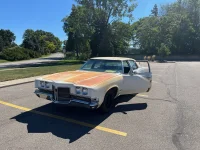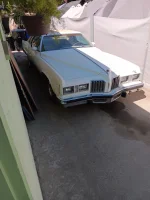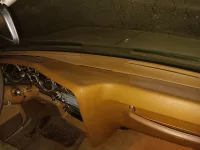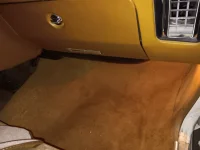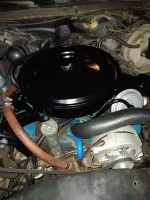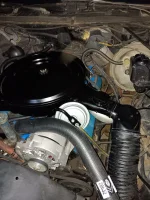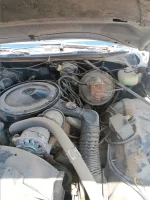Silver State 77
Member
Im connecting vacuum hoses on a 1977 6.6 and im seeing the strangest thing, it looks like the vacuum advance is getting ported vacuum until the engine warms up, and then it gets manifold vacuum. is that right?
Why would they attach the manifold vacuum line to that Thermal switch?
Is that why they want the timing set so far advanced at 20 deg.?
Why would they attach the manifold vacuum line to that Thermal switch?
Is that why they want the timing set so far advanced at 20 deg.?







